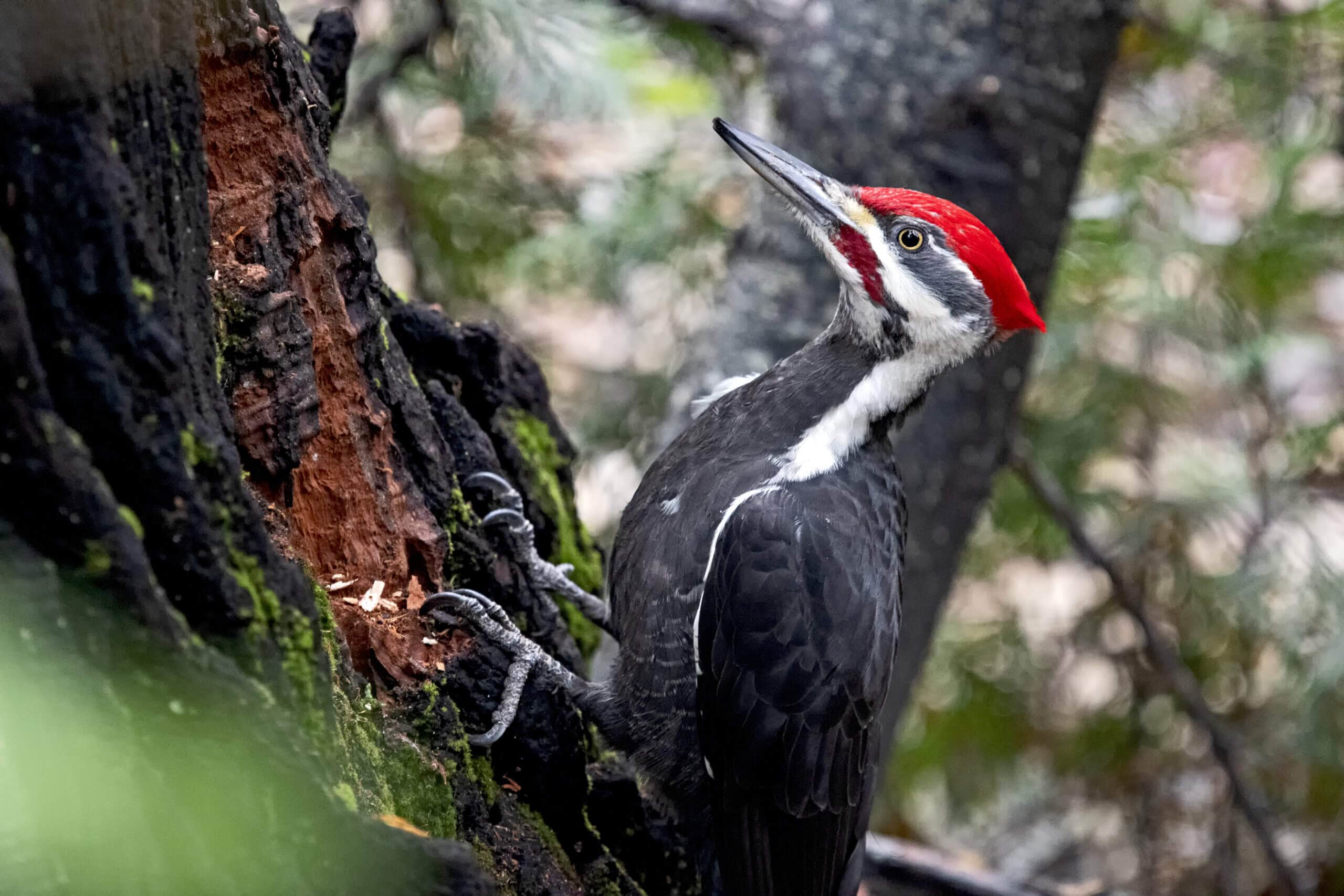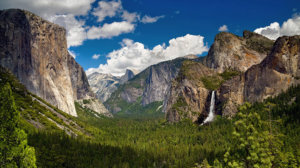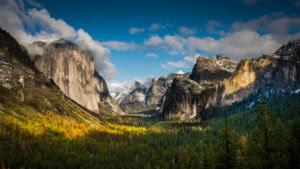Birders hold this truth to be self-evident: the best way to take a hike is with a pair of binoculars at the ready. The joy of a Northern Flicker’s undulating flight between branches, bright salmon feathers flashing under wing; the inquisitive tilt of the Northern Pygmy Owl’s head, eyes piercing into your very soul; the American Dipper darting in and out of roiling Merced River rapids, singing melodiously; these are the moments that make birding one of the most popular and fastest-growing forms of ecotourism for all ages.
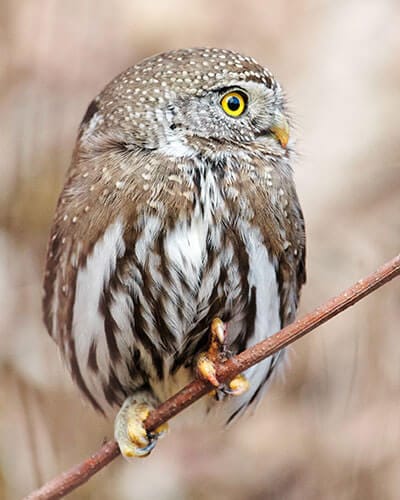
Yes, for all ages. Though one of the lowest impact/highest reward forms of outdoor recreation going, birdwatching no longer remains the exclusive domain of vested elders. It now considers “yubbies” as one of its fastest growing sectors: young urban birders. And just as birding spans generations, Mariposa County encompasses a mighty range of Sierra topography and biodiversity. Alpine peaks transition to rolling foothills that flatten to grassy plains enabling nearly 300 species of birds to thrive here. The diversity of habitat attracts a teeming range of feathered mountaineers, including resident and migratory species. The Pacific Flyway is one of four routes in North America used by birds for their annual migrations, and Mariposa County is one of the most important stopovers on the flyway, streaming a constantly refreshing cast of migratory birds to view.
Because birders famously love their lists and field guides, here is a quick reference to avifauna hot spots for Mariposa County travelers and took a look at our map below to help you navigate:
White Rock Road
Considered by many as one of the finest birding routes in California, White Rock Road laces through the foothills that mark the transition between the Central Valley and High Sierra. Rich grasslands, vernal pools and Mariposa Creek run along White Rock Road, affording bountiful views of riparian-habitat birds including Curlews, grassland sparrow species, even the uncommon Phainopepla, as well as majestic raptors including myriad species of hawks, eagles and falcons. The best place to access White Rock Road is near the Mariposa Fairgrounds, where it spurs off Highway 49 to run south towards Yaqui Gulch and Catheys Valley. Take care when seeking turnouts to birdwatch on this two-lane country road.
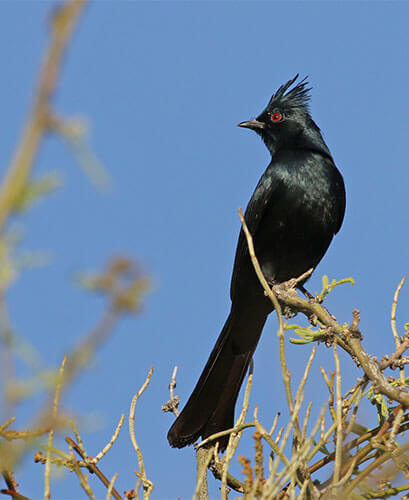
Stockton Creek Preserve
The 410-acre Stockton Creek Preserve is a magnet for many bird species, the Oak Titmouse, Ruby-crowned Kinglet, Mountain Raven, Northern Flicker, Hooded Merganser, American Coot and Wood Duck among them. The easy Stockton Creek Trail traverses a classic California oak and chaparral setting, with expansive vistas from its highest points. In addition to the bird show, numerous amphibians and reptiles, including the Western Pond Turtle (the West Coast’s only native freshwater turtle) live here. Access Stockton Creek Preserve from the water treatment facility at the end of Trabucco Road (climb over the ridge to the reservoir), or the south side of Highway 140, just east of the junction with Old Highway North.
Bean Creek Preserve
Located near Coulterville in northwest Mariposa County, the Bean Creek Preserve is a wildflower-dappled mountain meadow nestled at approximately 3,000 ft. Bean Creek burbles through the property, collecting at a small pond on the southern end, and eventually flows into the North Fork of the Merced River. The meadow offers a refuge for raptors, songbirds, and reclusive Great Gray Owls. Fun fact: John Muir passed through the property in the mid-1800s on his epic walk from the San Francisco Bay to Yosemite Valley.
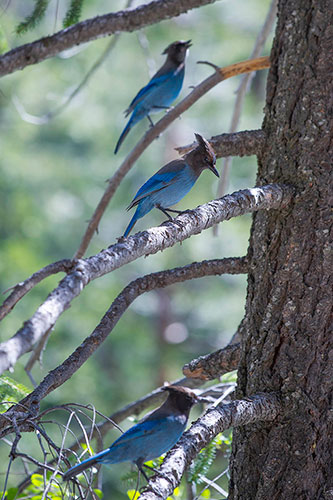
Feliciana Mountain Limestone Salamander Preserve
The Feliciana Mountain Limestone Salamander Preserve is located along the rim of the Merced River Canyon, near the town of Briceburg on Highway 140. This 40-acre preserve is primarily native chaparral with a variety of native plant, wildflower and tree species that support a diverse array of avian activity, including Dusky flycatchers, Canyon Wrens, Cedar Waxwings and numerous raptors. In addition, the preserve provides essential habitat for the limestone salamander, a species found only in the Merced River Canyon.
Yosemite National Park
Yosemite National Park is iconic for its torrential waterfalls and soaring granite monoliths, but there’s more to the park than spectacular hydrology and geology. The park’s biodiversity of plant and animal life extends to winged beasts, with more than 250 bird species present at various times during the year. Yosemite’s extreme elevation gradient (2,000 feet near El Portal to more than 13,000 feet at its highest peaks), and corresponding habitat supports this diverse flying circus of birds.
Visitors to Yosemite National Park can see a rotating cast of feathered players depending on the time of year and habitat. Regular denizens of the Yosemite Sierra include the Steller’s Jay, Acorn Woodpecker, Common Raven, and Mountain Chickadee, Western Tanager, Great Gray Owl, Peregrine Falcon, and Northern Goshawk. If there’s an “iconic” Yosemite bird, perhaps it is the American Dipper, also know as the water ouzel. The indomitable spirit of this small, river-loving bird enchanted fellow mountaineer John Muir:
Not only does this bird sing a beautiful song, but it also dives in rapids and waterfalls, even in the cold of winter, and can be found in the Sierra Nevada year-round… Among all the mountain birds, none has cheered me so much in my lonely wanderings, and none so unfailingly. — The Mountains of California John Muir, 1894
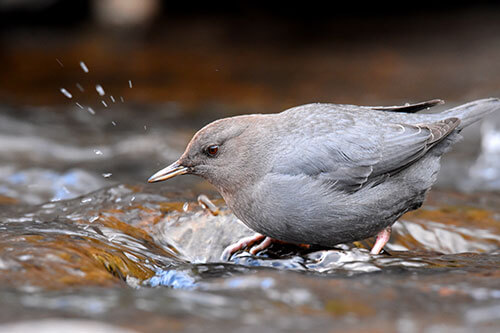
Birding Tips & Tricks
- Gear up with the essentials: binoculars, a field guide, and (optional) a pocket notebook. Yes to adding a birder’s app.
- Listen as you look! Expert birders can identify thousands of songs. Legendary American ornithologist Ted Parker could name the tune of some 4,000 species.
- Walk quietly and follow Yosemite National Park rules including refraining from using broadcast bird calls to elicit responses, or viewing birds (or any wildlife) with a flashlight or spotlight. The use of such devices may induce stress and disrupt mating/nesting activities of wildlife. Never approach any wild animals, for your safety and theirs.
- Parking lots can offer some amazing birdwatching opportunities! Be binocular-ready!

